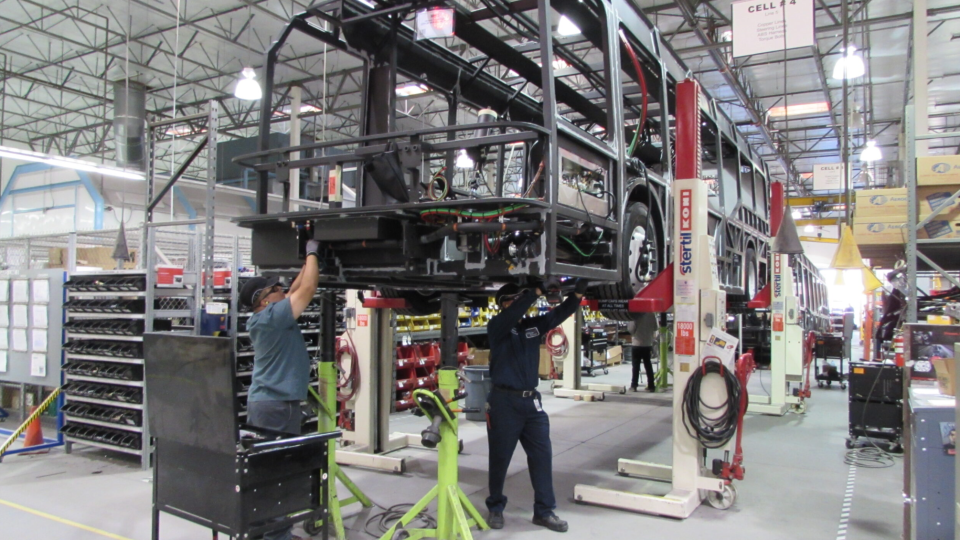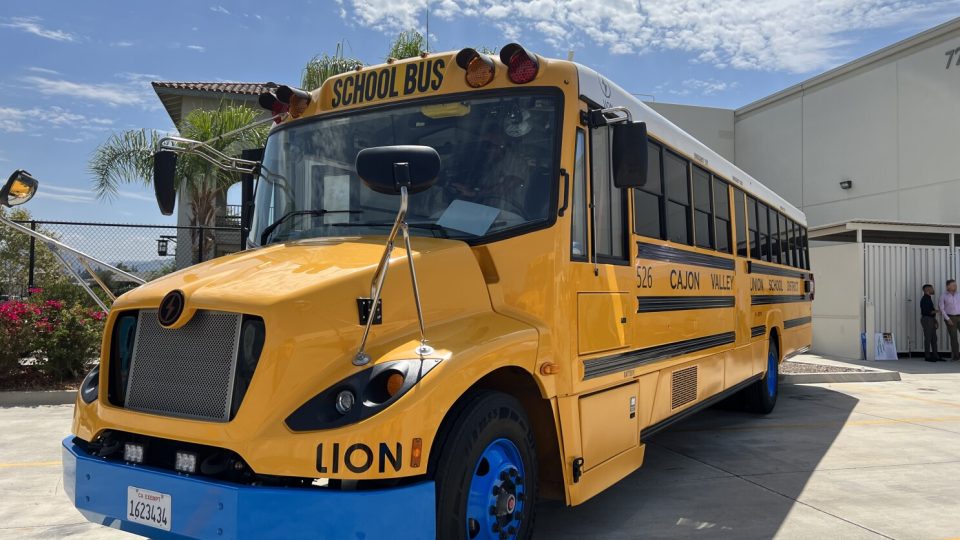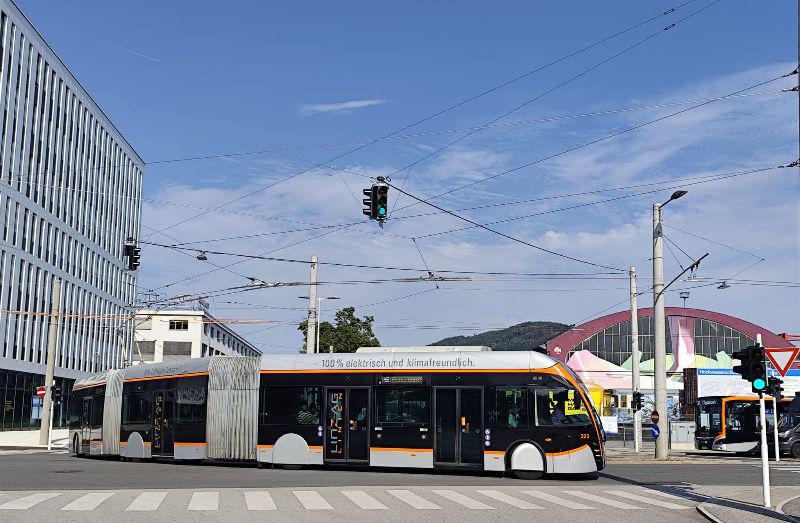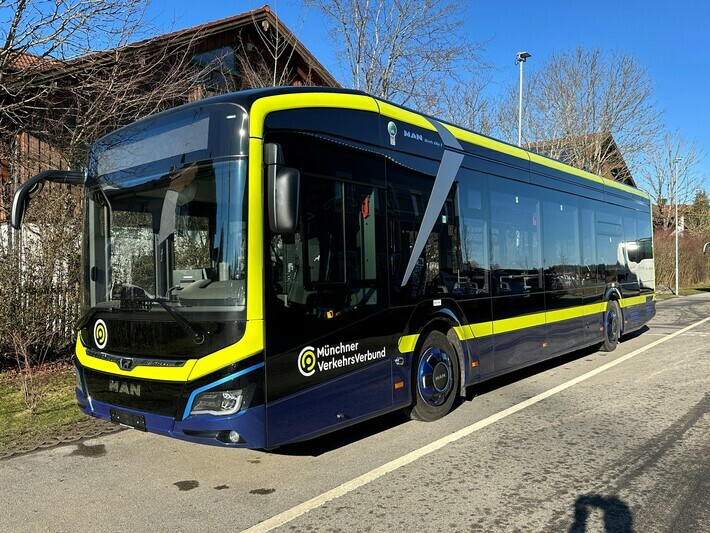New York state launches funding for electric school bus charging infrastructure
The amount of funding allocated to each applicant varies based on specific criteria. For instance, funding starts at $25,000 per bus for hardware, installation, and related costs, with an additional $10,000 available for districts designated as priority districts. Moreover, applicants can receive up to an additional $30,000 per bus if they opt for a comprehensive Fleet Electrification Plan.
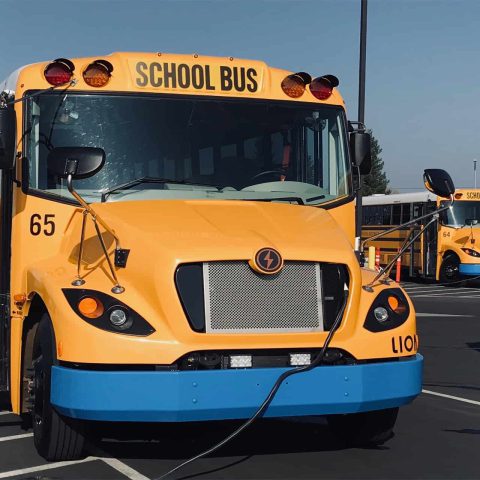
New York Governor Kathy Hochul announced funding is now available for electric school bus charging infrastructure under the $4.2 billion Clean Water, Clean Air, and Green Jobs Environmental Bond Act and through the New York School Bus Incentive Program.
The amount of funding allocated to each applicant varies based on specific criteria. For instance, funding starts at $25,000 per bus for hardware, installation, and related costs, with an additional $10,000 available for districts designated as priority districts. Moreover, applicants can receive up to an additional $30,000 per bus if they opt for a comprehensive Fleet Electrification Plan.
There’s lot of momentum for clean bus deployment in school bus operations. In early 2024, the U.S. Environmental Protection Agency announced the selection of 67 applicants to receive nearly $1 billion through EPA’s first Clean School Bus Program Grants Competition. The awards, which are made possible through President Biden’s Investing in America agenda, will help selectees purchase over 2,700 clean school buses in 280 school districts serving over 7 million students across 37 states.
New York financing chargers for electric school buses
Support is available to help make installing Level 2 or Direct Current Fast Charging chargers and associated electrical upgrades more affordable for public school districts and the bus operators that contract with them. The announcement supports the Climate Leadership and Community Protection Act goal to reduce greenhouse gas emissions 85 percent by 2050 and New York State’s requirements that all school buses in New York State be zero-emission by 2035, a commitment that New York made in 2021.
“Young people are at the center of the climate crisis, and enabling the transition to a zero-emission school bus fleet is not only a commitment to a greener future, but to the health and well-being of our students,” Governor Hochul said. “As school districts make the switch to electric buses, my administration is providing the resources necessary to transition as easily and affordably as possible.”
NY Governor press release explains that “Administered by the New York State Energy Research and Development Authority (NYSERDA), the program is now accepting applications from public school districts and school bus operators. Funding is available on a first-come, first-served basis, and the level of funding provided is based on the number of buses a school district or bus operator has purchased or is currently purchasing. Amounts start at $25,000 per bus to cover hardware, customer-side electrical site upgrades, installation costs, and battery storage. Districts designated as priority districts can receive an additional $10,000 per bus. Priority districts are defined as high-need school districts by the New York State Education Department or those that serve disadvantaged communities as defined by the New York State Climate Justice Working Group”.
NY governor’s office states that “Applicants can receive up to an additional $30,000 per bus if they choose the option to complete a Fleet Electrification Plan which provides a comprehensive evaluation of existing fleet operations, analysis of current site electrical capabilities, and will serve as an action plan for electrifying the applicant’s entire fleet by 2035”.
NYSERDA CEO and President Doreen M. Harris said, “New York’s continued investment in electric school buses represents a profound leap towards a cleaner future and will safeguard student health by reducing harmful emissions and improving local air quality. As schools begin to make the transition, comprehensive fleet planning can help districts understand their unique needs and best capitalize on this critical funding to help cover charging installation costs.”



